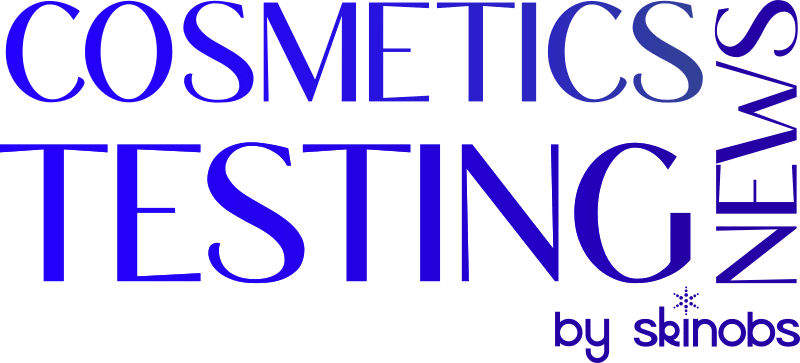Many of us who work in the industry were shocked when “free-from” ingredient claims appeared more than 10 years ago. It was offensive to our understanding of the safety of cosmetic products. We felt they besmirched the reputation of safe and useful ingredients we had trusted for years.
When paraben bashing became widespread, cosmetic formulators scrambled to find new preservative systems and the seriousness of this trend became truly apparent. Ingredient after ingredient has been attacked, and no amount of communication by the industry or its experts seems to have had an impact. Cosmetic manufacturers have retreated from known and trusted ingredients and have been forced to embrace ingredients we know far less about.
We have sadly been reminded of a fundamental principle in product development: It doesn’t matter what the scientists say. The consumer is in charge, and those who fail to give the consumer what he or she wants will not succeed in the marketplace.
References
- Free From Skin Care Awards 2016. (n.d.). Retrieved from Free From Skin Care Awards: http://www.skinsmatter.com/freefrom_skin_care_awards/index.html
- Bird, K. (2009, March 13). “Free from” claims can trade on false safety concerns says trade body. Retrieved from Cosmetics Design-Europe: http://www.thefactsabout.co.uk/files/237201013545Allergy_Card.pdf
- Alternative Cosmetic Preservatives – What are your options? (n.d.). Retrieved from Chemists Corner: http://chemistscorner.com/alternative-cosmetic-preservatives-what-are-your-options/
- Goosens, A. (2015, February 4). New Cosmetic Contact Allergens. Cosmetics, 2, 22-32. doi:10.3390/cosmetics2010022
- U.S. Food and Drug Administration. (2010, September 15). “Organic” Cosmetics. Retrieved from Labeling Claims: http://www.fda.gov/Cosmetics/Labeling/Claims/ucm203078.htm
- Government of Canada. (2014, June 10). Cosmetic advertising, labelling and ingredients. Retrieved from Government of Canada: http://healthycanadians.gc.ca/product-safety-securite-produits/consumer-consommation/education/cosmetics-cosmetiques/advertising-publicite-eng.php
- European Union Cosmetics Directive. (2013, July 11). Cosmetic Products Ingredient Labelling. Retrieved from The Cosmetic, Toiletry & Perfumery Association: http://www.thefactsabout.co.uk/files/237201013545Allergy_Card.pdf
- Free From “Free From”. (2010, November 4). Retrieved from Personal Care Truth: http://personalcaretruth.com/2010/11/free-from-free-from/





